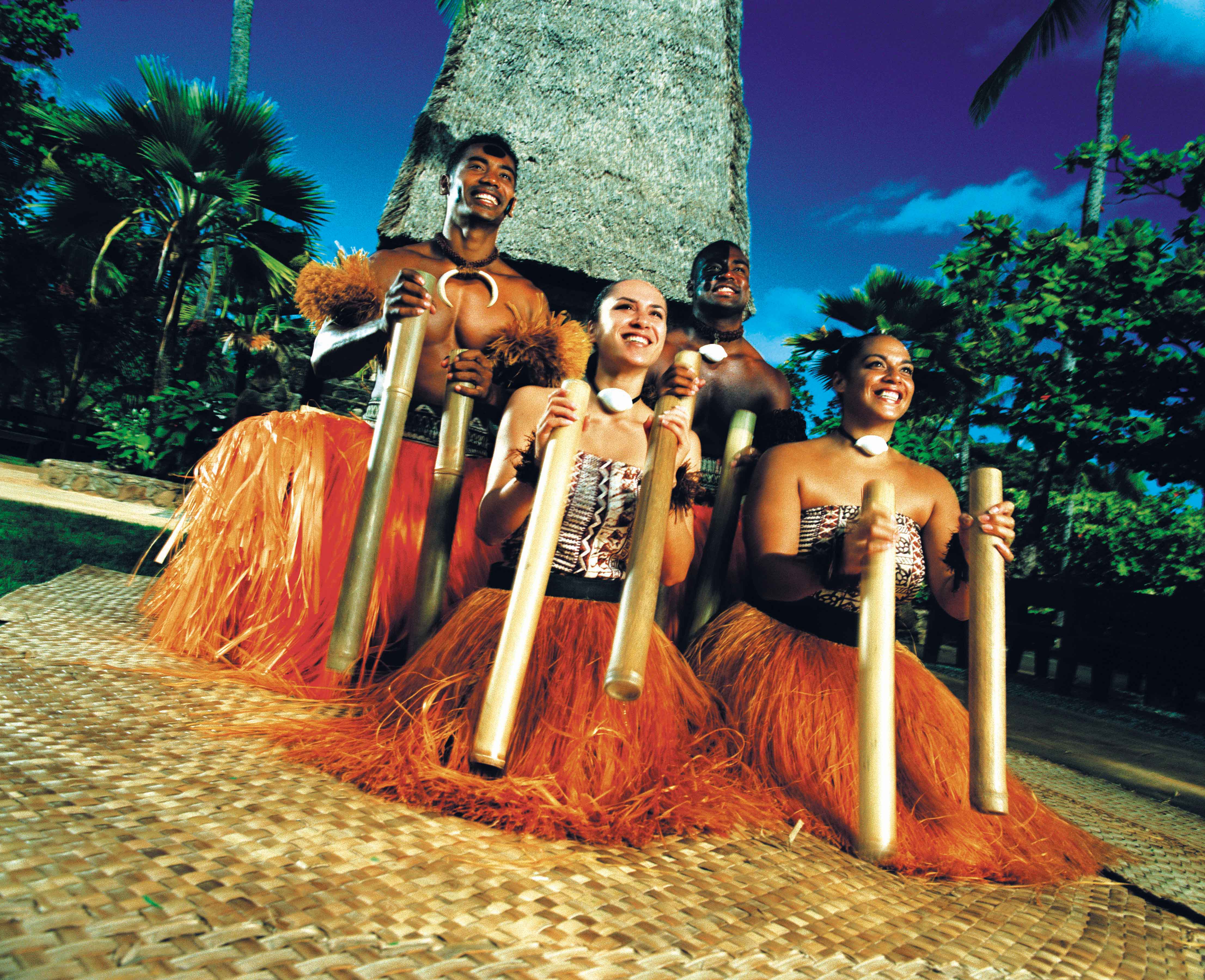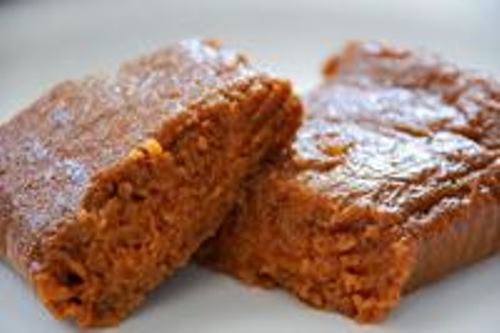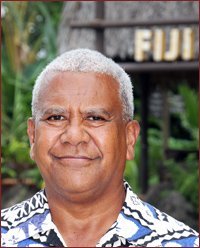During a recent retirement farewell event for former Hawaiian cultural specialist Keith Awai (CLICK HERE to view video from this great celebration), PCC Fijian Village “chief” Ratu Seru Inoke Suguturaga noted the while Polynesians share many similar cultural aspects among the various island groups, there were at least three things that were unique to only the Fijians and Hawaiians:
Fijian derua and Hawaiian ka’eke’eke or bamboo percussion tube instruments:

Suguturaga explained both Fijians and Hawaiians use varying lengths of thin-walled bamboo, with all but the bottom end “knuckle” or joint knocked out, as a “stamping tube” that produces tones when struck on the ground or on a mat. The pitch of the tones varies with the length of the tube: Shorter length tubes yield higher tones, while longer tubes produce deeper tones.
“We use these for singing and dancing, and in our village music demonstrations, where our PCC guests get to try them,” he said. “As far as I know, the Hawaiians are the only other Polynesians to use this identical instrument.”
Fijians make vakalolo, and Hawaiians kulolo dessert:
Suguturaga said another unique similarity between Fijians and Hawaiians is the sweet, rich dessert which he calls vakalolo and they call kulolo. “They’re exactly the same.”

He explained both are typically made by “mixing cooked taro with tapioca that provides the starch to hold it together, and then pounded the way poi is made. We use a wooden trough to mix this, just like the Hawaiians. Then we add coconut cream and sugar. It’s very sweet and delicious.”
“When I was growing up, typically we would make this at Christmas time, but it can be made at any time,” Suguturaga said. He added that Samoans make a somewhat similar dessert dish called fa’aausi, but it comes out more like pieces of sugared/creamy taro vs. the fudge-like, sticky vakalolo or kulolo that is usually presented in a cake dish or pan and sliced into pieces for individual servings.
In Hawaii, for example, kulolo is sometimes served as a luau dessert, and can sometimes be found for sale in stores. Hawaiian families and local organizations sometimes also make it to sell for fundraisers, and usually don’t have any trouble selling out.
They share the word and same meaning for mānoa:

Suguturaga said Hawaiians and Fijians also use the word mānoa with the same meaning. “Mānoa means to be calm and steady,” he said.
The word occurs in other island languages, but the meaning is not the same. For example, mānoa in Samoan means string or cord.
Inoke Suguturaga, Fiji Island Manager,
is an excellent example of “Mānoa” here at the PCC
Story and images by Mike Foley

Mike Foley, who has worked off-and-on
at the Polynesian Cultural Center since
1968, has been a full-time freelance
writer and digital media specialist since
2002, and had a long career in marketing
communications and PR before that. He
learned to speak fluent Samoan as a
Mormon missionary before moving to Laie
in 1967 — still does, and he has traveled
extensively over the years throughout
Polynesia and other Pacific islands. Foley
is mostly retired now, but continues to
contribute to various PCC and other media.

Recent Comments